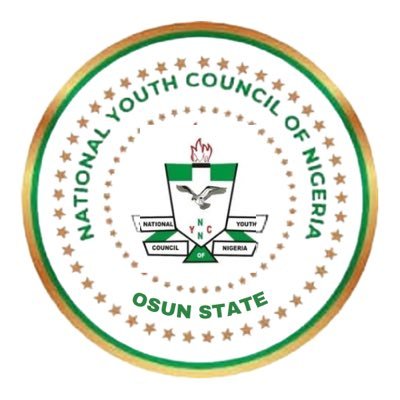Japan’s proposal to discharge treated waste water from the Fukushima nuclear plant into the Pacific Ocean has sparked widespread anxiety and anger. The plant has accumulated over a million tonnes of treated waste water since the 2011 tsunami damaged it severely. While the International Atomic Energy Agency (IAEA) has endorsed Japan’s plan, it has faced strong opposition within Japan and from neighboring countries, including China and South Korea.
Japan intends to release the water gradually over the next 30 years, stating that it has been treated to acceptable safety standards. However, critics argue that the treatment process does not go far enough in removing radioactive substances. UN-appointed human rights experts and environmental activists have opposed the plan, suggesting that Japan should explore alternative processing technologies and allow remaining radioactivity to naturally reduce before discharging the water.
China, in particular, has accused Japan of treating the ocean as its “private sewer” and demanded an agreement with regional countries and international institutions before proceeding with the water release. South Korea, while initially softening its stance, has faced public anger over its perceived lack of action and passed a resolution opposing the plan. Concerns have also been expressed by several island nations in the Pacific.
In response to the criticism, Japan has highlighted the science behind the treatment process and emphasized its transparency. The IAEA report, which stated that the plan would have a negligible radiological impact, has provided some validation for Japan’s intentions. With the world’s nuclear watchdog endorsing the plan, Japan could potentially begin discharging the water as early as August, setting the stage for further confrontation with its critics.
Advertisement





